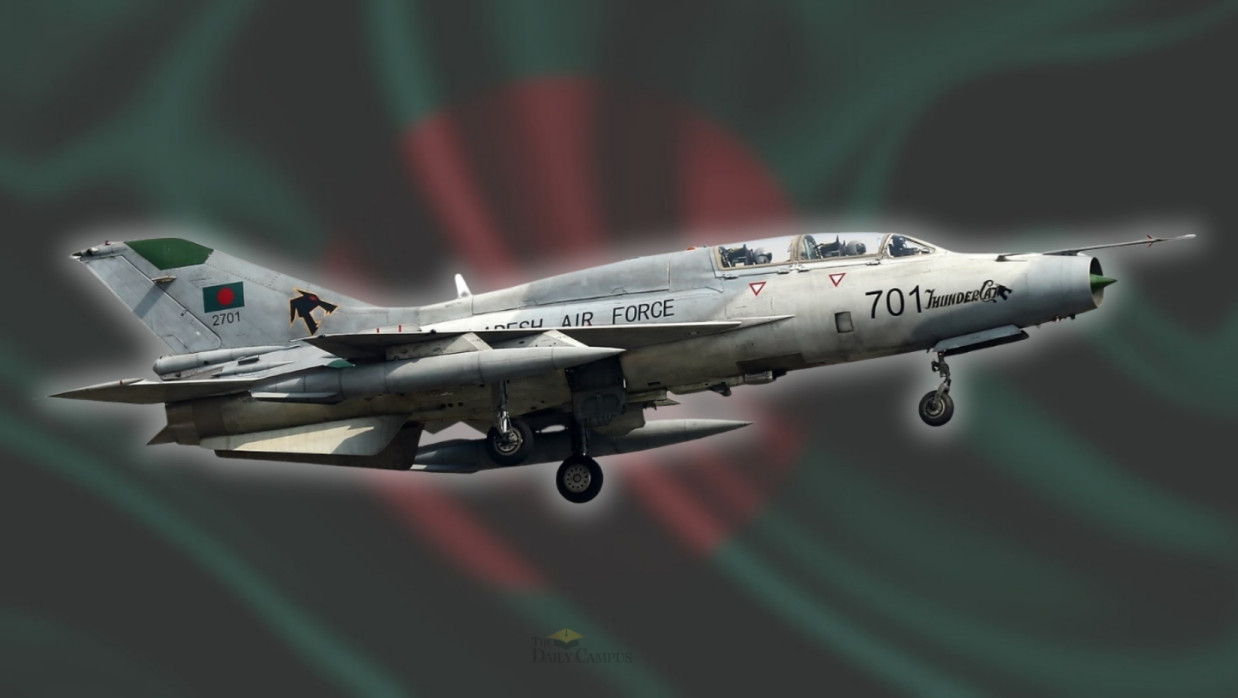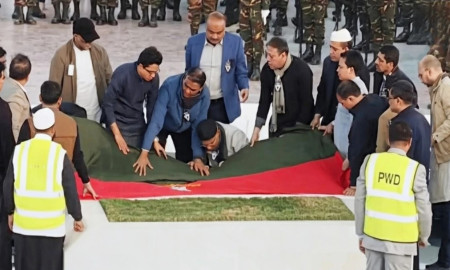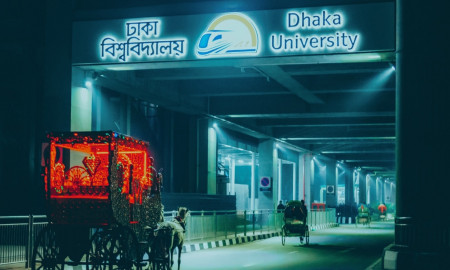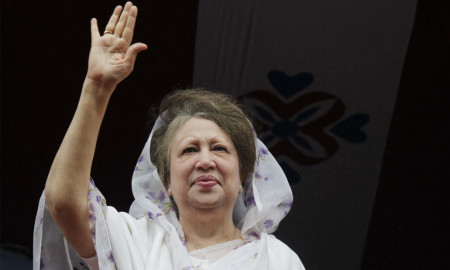Dhaka Jet Crash Kills 32, Sparks Debate on Fighter Jet Training in Capital

A Bangladesh Air Force (BAF) FT-7BGI fighter jet crashed into Uttara Milestone School and College in Dhaka’s Diabari area on Monday, killing at least 32 people, including pilot Flight Lieutenant Md Towkir Islam Sagor, two teachers, and several young students. The incident, which occurred during a routine training mission, has ignited public outrage over the use of fighter jets for training in densely populated Dhaka, with netizens and experts questioning safety protocols and the aircraft’s dual role as a training and combat jet.
The jet, part of a training exercise, took off from BAF Base Bir Uttom A. K. Khandker in Kurmitola at 1:06 PM (BST). According to the Inter-Services Public Relations (ISPR), it encountered a mechanical failure shortly after, leading to a crash into a two-storey building at the school. ISPR noted that Flight Lieutenant Md Toukir Islam made every effort to steer the aircraft toward a less populated area near Diabari to minimize damage, but the jet struck the school, causing a devastating fire. The cause of the mechanical failure is under investigation by a high-level BAF committee.
Public reaction has been intense, with netizens on social media platforms questioning why fighter jets are used for training over Dhaka, a city of over 20 million. Former Jahangirnagar University professor Dr. Anu Muhammad demanded accountability, asking, “Why are combat aircraft training in densely populated areas?” He called for transparency in casualty figures and for those responsible to face justice.
BAF sources, speaking to The Daily Campus on condition of anonymity, explained that fighter jets are stationed in Dhaka to protect key point installations (KPIs), including government buildings, power plants, and critical infrastructure, which are prime targets in potential external attacks. “If an enemy or external force attempts to infiltrate or attack, their first target would be Dhaka’s KPIs,” a source said. Jets based in Dhaka can intercept airborne threats in just over five minutes, compared to over 20 minutes from Chattogram, justifying their presence in the capital. The source added that the jets’ presence also sends a strong message of Bangladesh’s readiness to counter threats swiftly. Fighter jets usually take off from the airbase near Hazrat Shahjalal International Airport before heading to their designated secret training zone.
Regarding the F-7BGI’s role, BAF sources clarified that Bangladesh operates two types of fighter jets: the MiG-29 and the F-7BGI. The MiG-29, capable of all-weather operations, has only two operational units out of a fleet of eight. In contrast, 32 of the 35 F-7BGI jets are operational, making them critical for both training and defense.
The F-7BGI, primarily acquired as a training aircraft, also serves as the primary daylight interceptor in combat scenarios. BAF sources emphasized that nearly all flights, except combat missions, are considered part of training to ensure pilots maintain operational readiness. Pilots must complete specific training missions on these aircraft to qualify as operational fighter pilots.
The crash has prompted calls to relocate training to less populated areas like Jashore or Cox’s Bazar. Netizens have also questioned the reliability of the F-7BGI, delivered in 2013, despite its advanced radar and displays. The incident disrupted the Higher Secondary Certificate (HSC) exams, with Monday’s tests postponed.












